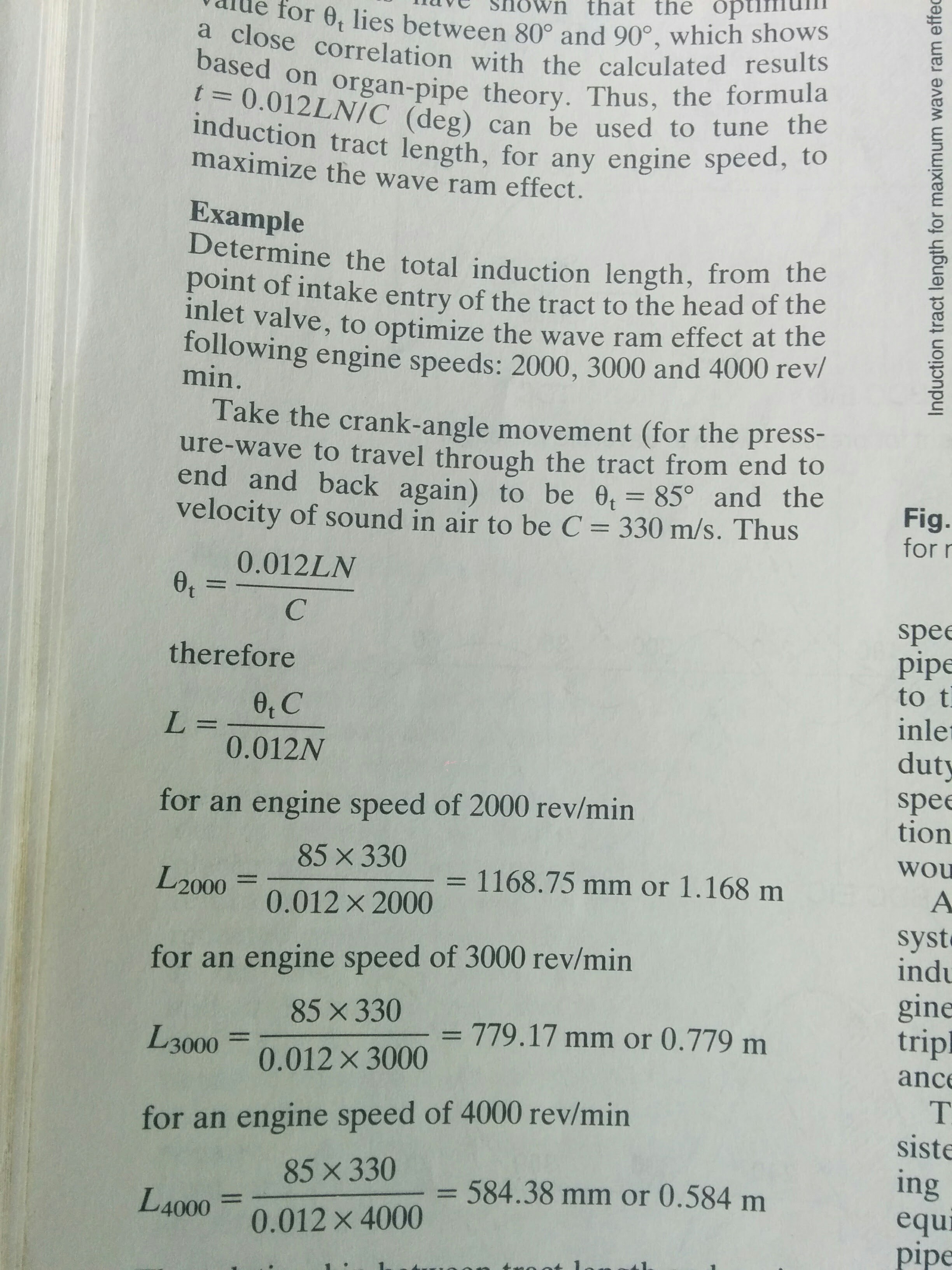Community Tip - Learn all about PTC Community Badges. Engage with PTC and see how many you can earn! X
- Subscribe to RSS Feed
- Mark Topic as New
- Mark Topic as Read
- Float this Topic for Current User
- Bookmark
- Subscribe
- Mute
- Printer Friendly Page
deg/s rpm ambiguity
- Mark as New
- Bookmark
- Subscribe
- Mute
- Subscribe to RSS Feed
- Permalink
- Notify Moderator
deg/s rpm ambiguity
Hello all,
I am currently working on a project involving calculations for a Helmholtz resonator and I got stuck with not achieving the proper units in the final results.
below are the starting formula and a snap shot from the MathCad project.



As you can see, numerically it checks out. The numbers are right, this is what it is supposed to show.
However... L units should be mm, not m/s. If I run out individual calculus, multiplying or dividing.. somehow it looses up the degree unit. it only shows 1/s instead of deg/s. Also took into considerations that it might be thinking in radians therefore I added that 180/pi.
Also, the plot seems to be a bit off also. Why is the n coordinate going from 1000 to 1900 to 2800...etc instead of 1000, 2000, 3000 how I defined it?
However, for the purpose of calculus and further use of those resulting values, I need my L to be in mm.
Any ideas on how to fix this?
What am I doing wrong?
Thank you for your time and help!
Cheers.
Dan.
Solved! Go to Solution.
- Labels:
-
Calculus_Derivatives
Accepted Solutions
- Mark as New
- Bookmark
- Subscribe
- Mute
- Subscribe to RSS Feed
- Permalink
- Notify Moderator
The trouble is that your equations include unit conversions, but Mathcad is tracking units on its own. For example, the first equation in your book is t=2*L/(1000*C). The 1000 in the denominator is really 1000 mm/m because the book expects you to input L as mm, but C as m/s. In Mathcad, you can define L and C with any units you want, and just define t as 2*L/C because Mathcad will automatically convert units. The other equations in your book also include unit conversion factors (360 deg/rev and 60 s/min). This carries through the rest of your equations such that the constant 0.012 in the final equation actually has units of (deg/rev)*(min/sec)*(m/mm).
You have options including:
1.) Redefine your equations omitting the unit conversion factors: L:=Theta*C/(2*N)
2.) Multiply the 0.012 constant by its units of (deg/rev)*(min/sec)*(m/mm).
3.) Omit all units from your Mathcad sheet and use the equations in your book.
4.) Adjust your equation so it divides each variable by the expected units, and multiply the entire RHS of the equation by the expected units.
- Mark as New
- Bookmark
- Subscribe
- Mute
- Subscribe to RSS Feed
- Permalink
- Notify Moderator
What happens if you put units in your function, i.e., L(3000mm)?
- Mark as New
- Bookmark
- Subscribe
- Mute
- Subscribe to RSS Feed
- Permalink
- Notify Moderator
You're right - he should use units in the equations to the right. However, the units should be rev/min: L(3000*rev/min). This will output an answer in length (default may show m, but can be changed to mm as desired). However, the answer will not be correct because of the issue I've noted below.
- Mark as New
- Bookmark
- Subscribe
- Mute
- Subscribe to RSS Feed
- Permalink
- Notify Moderator
take out the degree to radian conversion (180/pi), or declare the 180 to be degrees.

- Mark as New
- Bookmark
- Subscribe
- Mute
- Subscribe to RSS Feed
- Permalink
- Notify Moderator
The trouble is that your equations include unit conversions, but Mathcad is tracking units on its own. For example, the first equation in your book is t=2*L/(1000*C). The 1000 in the denominator is really 1000 mm/m because the book expects you to input L as mm, but C as m/s. In Mathcad, you can define L and C with any units you want, and just define t as 2*L/C because Mathcad will automatically convert units. The other equations in your book also include unit conversion factors (360 deg/rev and 60 s/min). This carries through the rest of your equations such that the constant 0.012 in the final equation actually has units of (deg/rev)*(min/sec)*(m/mm).
You have options including:
1.) Redefine your equations omitting the unit conversion factors: L:=Theta*C/(2*N)
2.) Multiply the 0.012 constant by its units of (deg/rev)*(min/sec)*(m/mm).
3.) Omit all units from your Mathcad sheet and use the equations in your book.
4.) Adjust your equation so it divides each variable by the expected units, and multiply the entire RHS of the equation by the expected units.
- Mark as New
- Bookmark
- Subscribe
- Mute
- Subscribe to RSS Feed
- Permalink
- Notify Moderator
Thank you Mark and everyone. I redefined my equations omitting the unit conversion factors and it all worked out in the end.
It is much clearer for me now what happened and will definitely use this info in the future.
Thanks!





